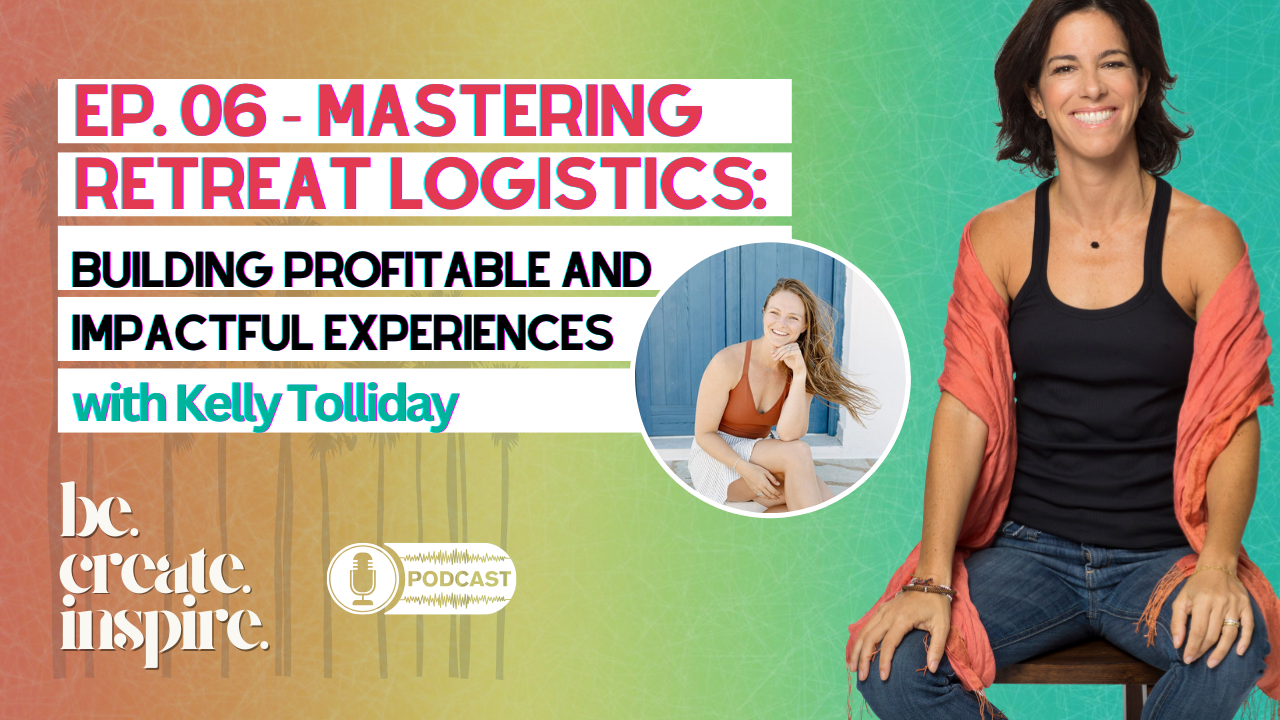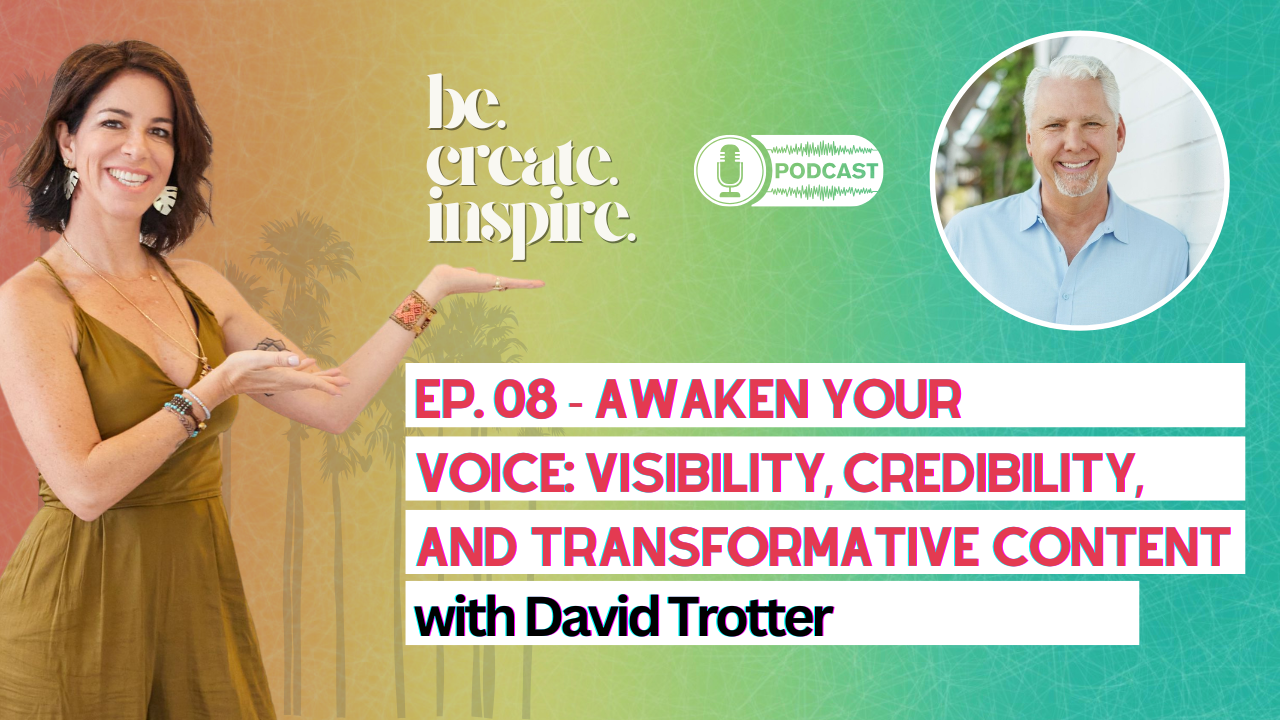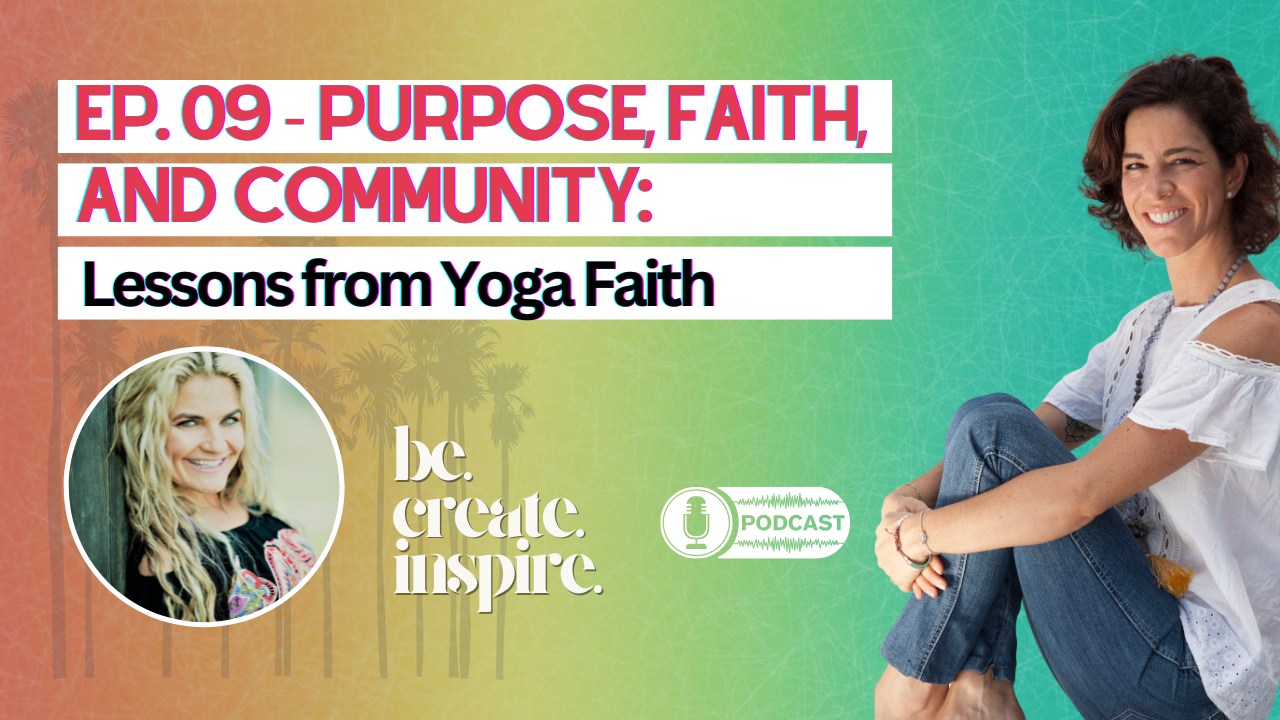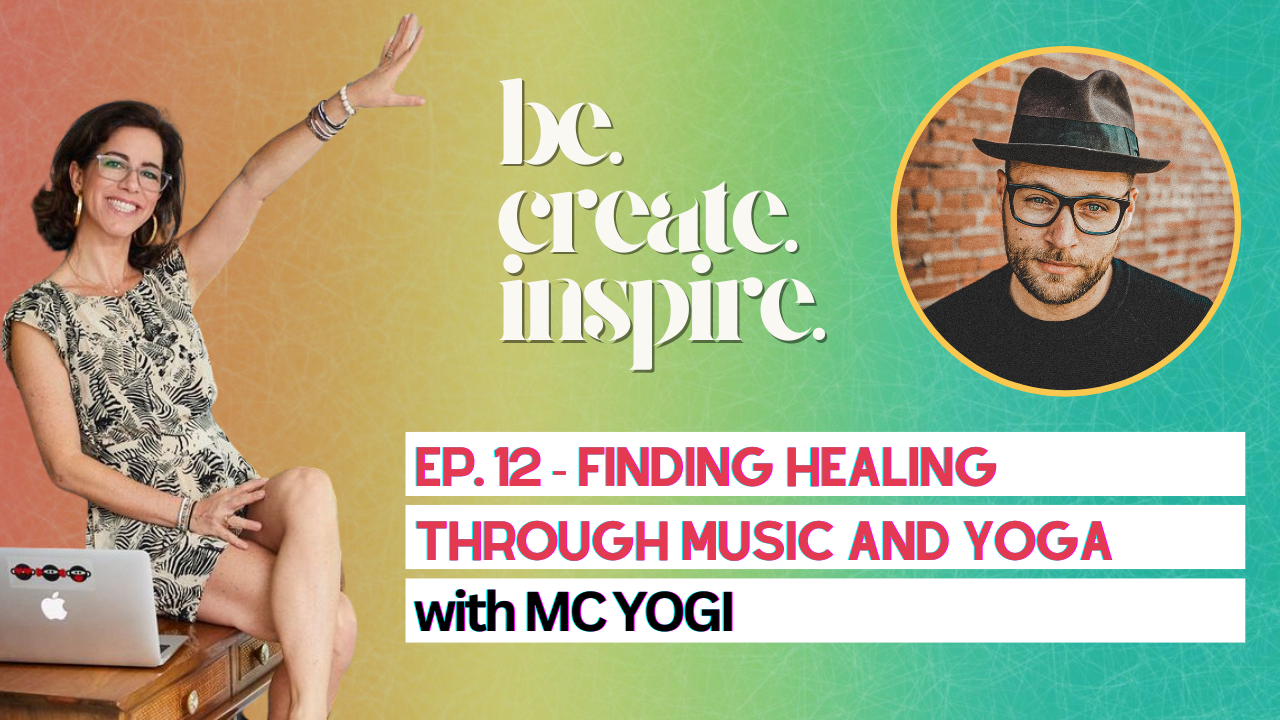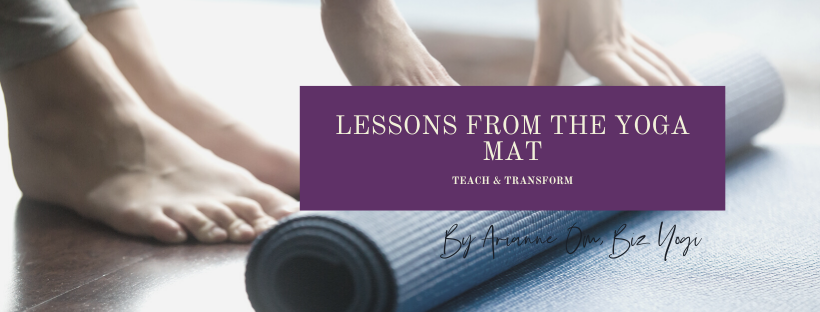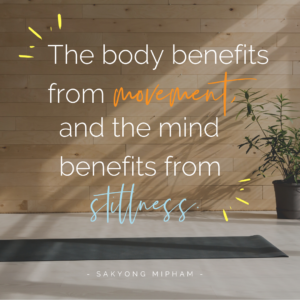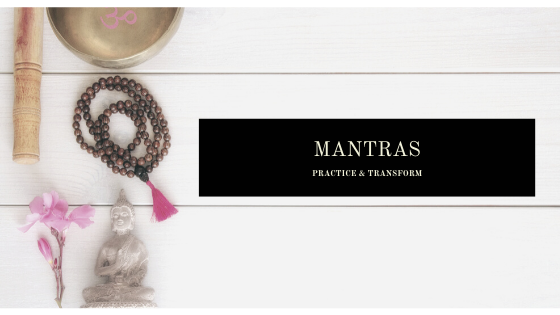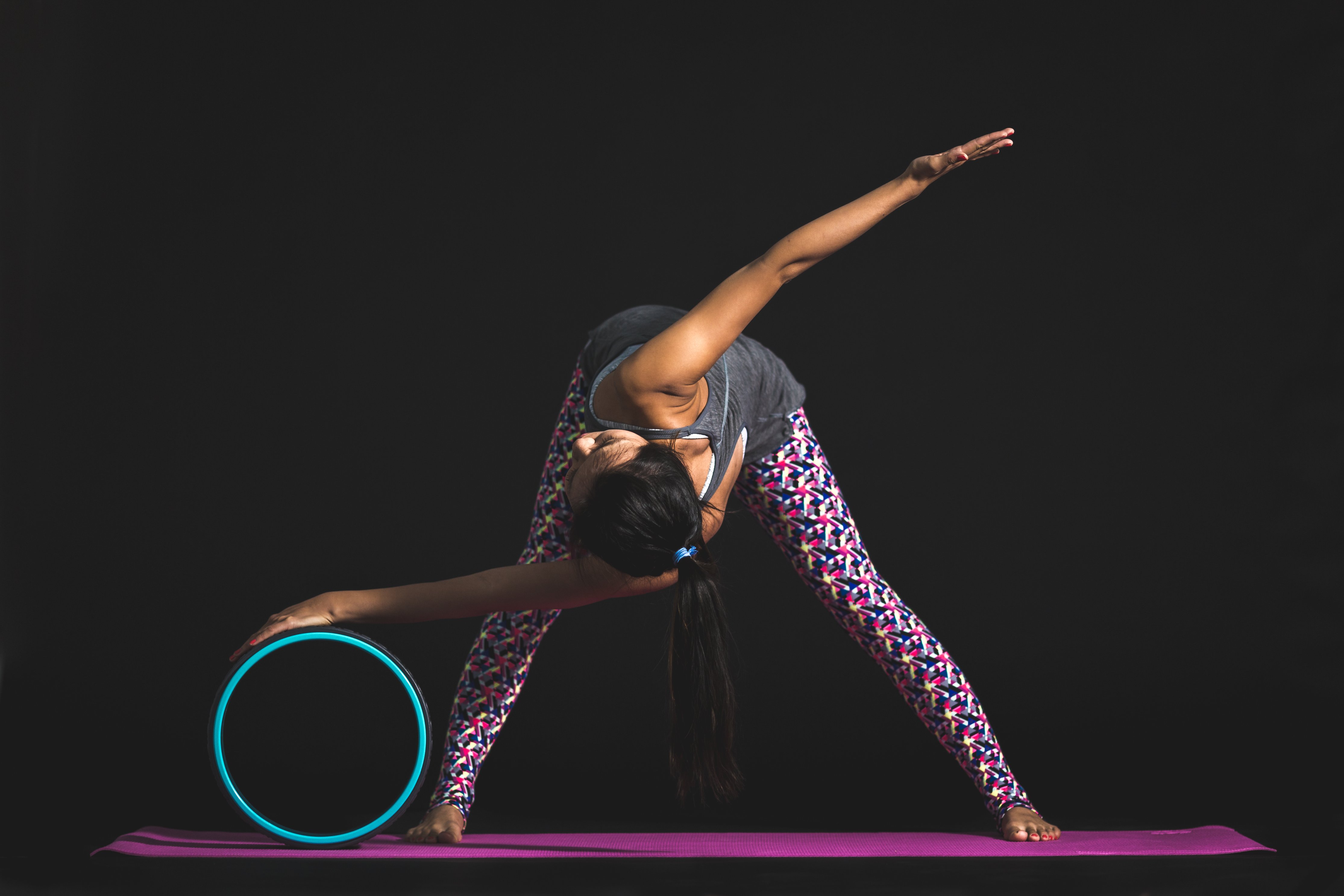Mastering Retreat Logistics: Building Profitable and Impactful Experiences
In a recent episode of the Be Create Inspire podcast, I had the pleasure of sitting down with Kelly Tolliday, a seasoned retreat manager and host of the Transform with Travel podcast. Kelly is an expert at turning the dream of hosting retreats into a profitable and transformative reality. With her wealth of experience, Kelly shared invaluable insights into creating retreats that not only impact attendees but also support the growth of your wellness business.
The Journey to Seamless Retreat Planning
Kelly’s passion for retreats began with her love for travel and personal transformation. Over the years, she’s honed her skills to help wellness professionals overcome the logistical challenges of planning retreats, so they can focus on creating memorable, meaningful experiences for their clients.
As Kelly said, “Retreats are about creating a sacred container for connection, growth, and healing. When done right, they leave a ripple effect of transformation that extends beyond the event itself.”
Lessons in Retreat Management
During our conversation, Kelly shared key insights for wellness entrepreneurs looking to step into the retreat space:
•Start Small: Your first retreat doesn’t need to be a large-scale production. Focus on quality over quantity to build confidence and a strong foundation.
•Be Intentional: Every detail, from the location to the schedule, should align with your values and your audience’s needs.
•Plan for Profitability: Kelly emphasizes the importance of creating a budget that supports both the attendee experience and your financial goals.
Practical Takeaways for Wellness Entrepreneurs
If you’ve ever thought about hosting a retreat but felt overwhelmed by the process, Kelly’s advice is a game-changer:
1.Map Out the Basics: Define your retreat’s purpose, audience, and goals before diving into the details.
2.Leverage Local Partnerships: Build relationships with local vendors and venues to streamline logistics and enhance the attendee experience.
3.Prioritize Marketing: A well-planned retreat won’t be successful without attendees. Create a clear marketing strategy to promote your event and build excitement.
A Full Circle Moment
Having Kelly on the podcast and sharing her expertise feels like a full-circle moment for me. Retreats were a pivotal part of my journey in the wellness industry, and hearing Kelly’s insights reaffirmed the power of these experiences to transform lives and businesses alike.
Watch and Listen
Kelly’s wisdom and passion for retreats will inspire you to take action. Watch the full podcast episode here and follow Kelly on Instagram @kelly.tolliday for more tips and inspiration.
A Note of Gratitude
To all the wellness entrepreneurs dreaming of creating transformative retreats: your vision matters. By stepping into the retreat space, you’re offering your clients something truly special—an opportunity for connection, growth, and renewal. Let’s embrace 2025 with clarity, intention, and the courage to create experiences that change lives.

